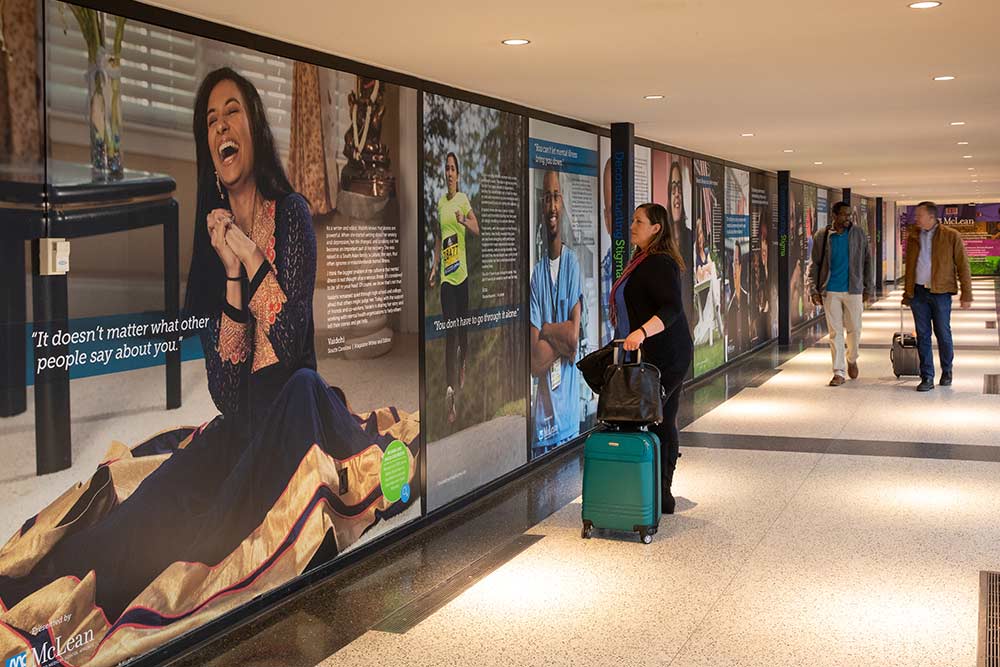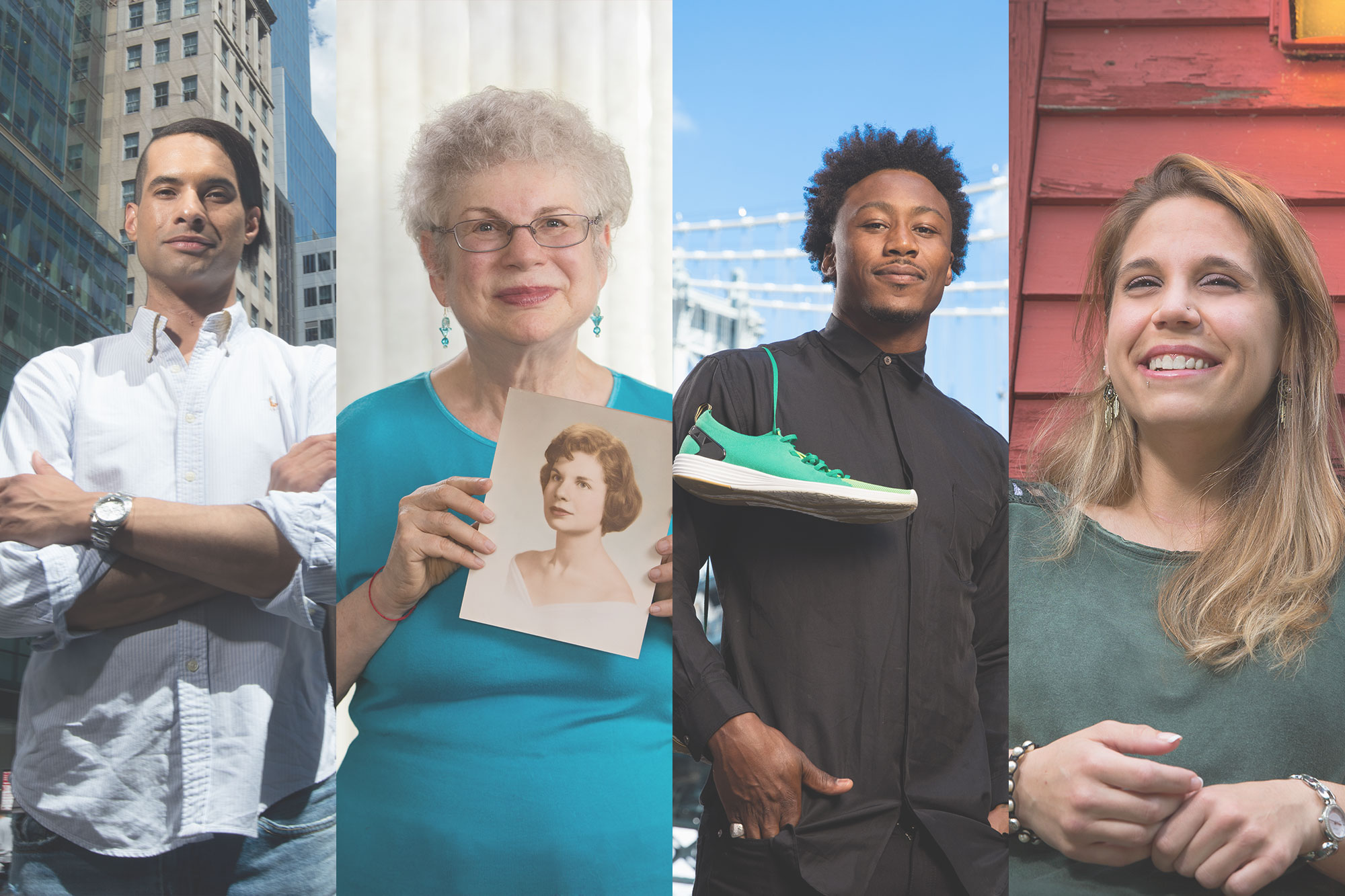Sharing my vulnerability has become my superpower
Jeremy used marijuana as a coping mechanism for much of his life. During medical school and early in his career, he smoked every day to feel normal. Since he was able to hold down a career as a plastic surgeon, he didn’t see his pot use as a problem. But life became more complicated once he was a parent and had bills to pay.
I didn’t know how to deal. I had small behavioral issues and had an edge to me. I wasn’t working to my potential. I couldn’t manipulate the universe to my liking. Life became too difficult, so I turned to more substances.
Jeremy was not getting along with his colleagues or his family. His behavior was erratic and he didn’t want help.
My brain chemistry was altered, and I wasn’t making good decisions.
His wife, as well as his “work wife,” a close colleague, knew something was wrong. His colleague reported his behavior to Jeremy’s bosses.
They sat me down, made me take a drug test, and offered me help. I said thank you and accepted the help. In many ways I was relieved. Despite the fact that my life and my marriage were at stake, it was the thought of losing my job that gave me the willingness to accept help.
From there, Jeremy underwent a two-week assessment at McLean and completed a 12-week residential program in Alabama that specializes in treating doctors with addiction.
Jeremy has since completed a 3-year contract with Massachusetts’ physician health organization, which required weekly drug testing, as well as personal counseling, couples counseling, and 12-step meetings. In addition, he practices yoga and meditation, reads self-help material, and gives speeches at physician-related programs on substance use disorders.
The skills I learned in recovery are useful for a happy and content life. I teach my children these skills. I talk about the skills I learned with everyone around me.
Jeremy says he is “ridiculously open” with everyone: friends, patients, and co-workers.
Sharing my vulnerability has become my superpower. The more open I am, the more I’m able to connect with people. Having a connection is an antidote to addiction.
He believes his openness has protected him from personal stigma.
I’m so open and honest that I don’t feel the stigma. I’ve been very supported. People think more of me now. I’m lucky that my workplace, my colleagues, my department, and my division chief all treated me with compassion and respect and gave me the opportunity to get well.
Jeremy’s personal experiences helped him become more aware of how his own behavior impacts others. He can identify ways the health care system can be more supportive of people living with substance use disorders and other mental health conditions.
A large percentage of patients in Jeremy’s specialized field of burn injury struggle with substances, and he has recognized his own biases toward them.
Even after all I’ve been through, I frequently have difficulty not initially looking down at some of these patients—as if it’s their fault, their own doing. It can feel as if this is really all in their control—like this is just a lack of willpower. But it is a disease, and it’s not about willpower. We are all human. We are all deserving of love and compassion.
Jeremy points out that in burn patients with addiction, the burn is a symptom, a secondary problem. People living with substance addiction, when under the influence of a substance, are less aware of dangerous situations involving heat. Heavily sedated, they can be unaware of being burned, and end up with severe injury.
Jeremy is interested in the role of post-traumatic growth in helping these patients toward a willingness for long-lasting recovery. He set up a symposium at a meeting of the American Burn Association (ABA), the largest conference on the treatment of burn injury in the world, where he, a trauma psychiatrist, and a burn nurse practitioner spoke about the complexities of treating patients with co-occurring substance addiction and burn injury.
He and his colleagues are also starting a substance misuse special interest group within the ABA to improve patient care by treating a patient’s addiction alongside their physical pain at all stages of recovery, and he plans to apply for a grant to study interventions for burn patients with substance use disorders.
Before, I was a problem child, but now I’m part of the solution. I’m a role model.

